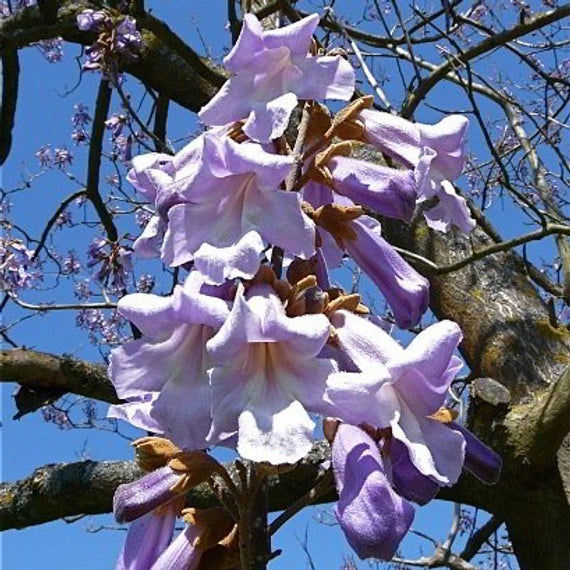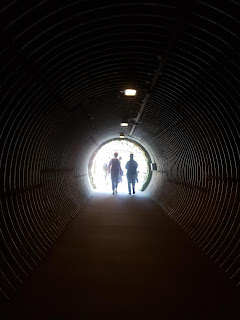Magali and Lauren here, signing on for our last blog post (*sniff sniff*)! It's time for some reflections...
*
Magali:
What we did during this CFE inspired my teaching a lot. I would love to bring many of the things we worked on into my school and classroom. Overall, the main idea that stays with me is that we need to bring the students outside, and we need to teach differently. I acknowledge that we have a huge problem with engagement in science, and it has a lot to do with the fact that how we teach is not engaging enough. If you ask students in high school, most of them will tell you that science is difficult and stressful, many of them will say that science is boring, and some of them will say that science is great. And all of them would benefit from having more engaging lessons. Gardens are a way to enrich our classes, provoke the students’ amazement and curiosity, and can help us greatly with engagement.
I also see some challenges to the idea of having a garden at school and taking my students out in the garden to teach. The first one is that it is not an easy project to build. Lots of paperwork, lots of obstacles coming from the administration, lots of risks. And of course, a huge time commitment! I really want to build such a project in my school, but I don’t think it would be realistic to do it during the first three years of teaching. I feel we need to feel comfortable with the job and the material before starting such an ambitious project. The second challenge is the weather. I understand that Meghan has super powers and takes the students outdoors all year round, but I don’t think I would enjoy doing that myself. When the weather is nice the experience is so different. But with the cold and the rain… I am a little more cautious. That is why beekeeping makes sense to me: you are out with the bees only if the weather is nice! So I will have to work on that aspect!
One last idea that I take with me is that when you tend a garden in a school, you think you are growing vegetables, but actually, you are growing kids! :)
*
Lauren:
What a wonderful time we’ve had on this CFE! I'm grateful to my fellow TCs, the CFE workshop facilitators, and the entire Orchard Garden team for the wisdom you have sprouted (pun intended!) these past couple of weeks.
Today, as we continued planning our Saturday workshop, it struck me once again how important it is to engage with teachers from different disciplines. We are an eclectic group, composed of English, French, Social Studies, Biology, Physics, and Art teachers... and I'm all the richer for it! Gardens are such naturally interdisciplinary spaces that one can’t help but find unexpected connections: the way bee ecology relates to both dictatorship and democracy, for instance, or how weeding is eerily similar to the trials and tribulations of revising poetry....
Like Magali, I have been thoroughly inspired by the different facets of garden-based learning we’ve explored. I too, however, also have lingering questions and reservations, namely with regard to classroom management. The thought of shepherding thirty 12-year old students outside alone is still a daunting prospect, and I’m sure it would take some time to establish some tried-and-true strategies for redirecting behaviour. This being said, though, I have long thought that many of the behavioural challenges teachers face in the classroom (aggression and antsiness perhaps chief among them) would be positively addressed through more outdoor time–– more time and space for kids to breathe, think, be. The very notion of “classroom management” would then need to be overhauled, depending no longer on the confines of four walls, a few windows, and a door.
While I've been incredibly fortunately to spend a couple of weeks at the UBC Orchard Garden, a great many schools, neighborhoods, and communities continue to fight for their land and food sovereignty. These issues are much vaster than I understand, and I won't be able to do them justice here. But I do believe that gardening is inherently political–– a way of strategizing and offering solutions.
I remember once reading a quote by the gardener-author Sydney Eddison: “Gardens are a form of autobiography.” We might also say that the health of our soils, our flora and fauna, is the biography of our communities. That’s a noble story to hold, and I look forward to exploring it with my students.


























.jpeg)
.jpeg)
.jpeg)
.jpeg)










